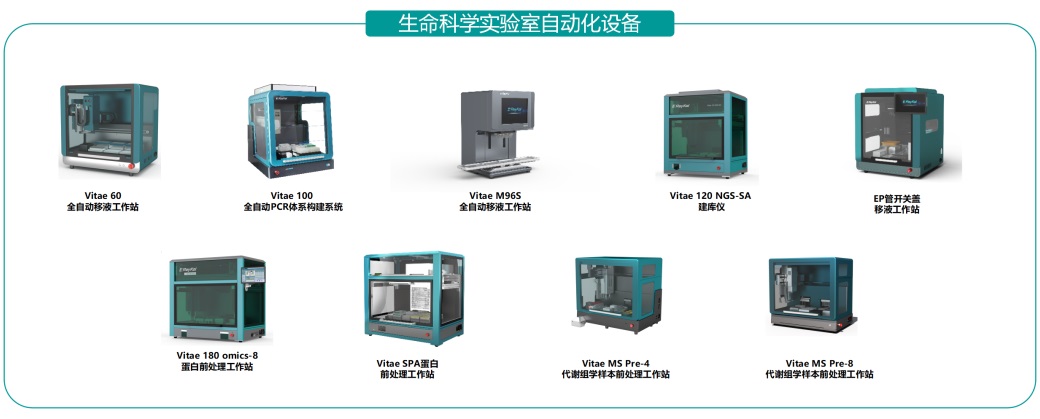Recently, multiple regions in China have experienced a high incidence of influenza. According to the latest data from the Chinese Center for Disease Control and Prevention, the influenza virus positive rate in China's outpatient and emergency cases increased by 3.8% in the first week of 2025 compared to the previous week. The positive rate of influenza viruses continues to rise, with over 99% being H1N1 (subtype of Influenza A), posing a significant challenge to public health.
Influenza detection is crucial for early diagnosis, epidemiological surveillance, guiding treatment, evaluating vaccine effectiveness, personal protection, and public health, making it a key measure in preventing and controlling the spread of influenza.
There are several common methods for detecting influenza viruses, including nucleic acid testing, antigen testing, virus isolation and culture, and serological testing. Most detection processes require pipetting operations. Manual pipetting can affect the reliability of virus detection results and the safety of operators due to factors such as poor accuracy, precision, misoperation, easy contamination, and high safety risks.
The RayKol Vitae series pipetting workstations feature automation, high throughput, and high precision pipetting, which can avoid the effects of poor uniformity and low precision caused by manual operations, thereby improving detection efficiency and reliability.
RayKol automated pipetting workstations can achieve high-precision liquid handling at the microliter level. They accurately complete the pipetting of components such as enzymes, buffers, and primers in the PCR reaction system, as well as the configuration, mixing, and dispensing of the PCR reaction mix, and the addition of samples. This provides a solid starting condition for the subsequent nucleic acid amplification reaction, reducing the risk of deviations in detection results from the source.
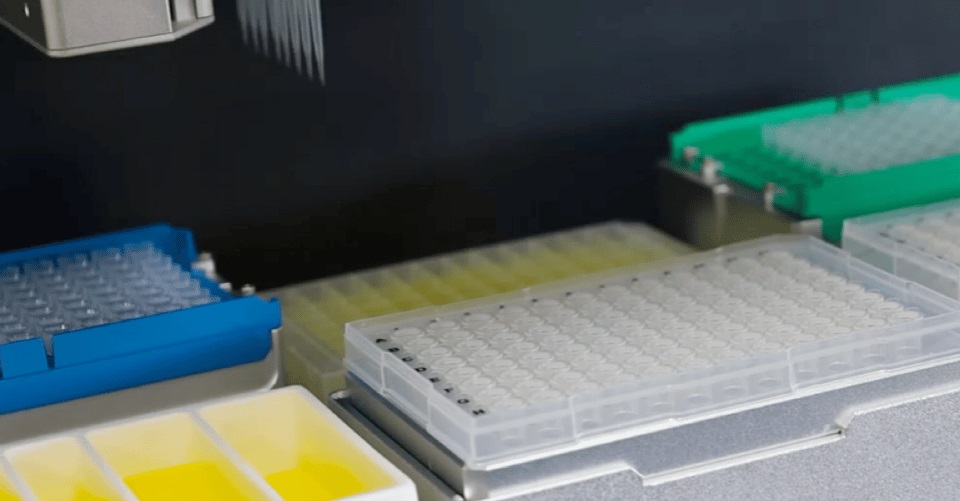
The Vitae series pipetting workstations include 4-position, 6-position, and 10-position pipetting workstations, which can be flexibly paired with 96-channel, 8-channel, or 4-channel pipetting pumps and also have single-channel pipetting functions. Different pipetting schemes can be selected according to experimental needs, offering flexible design options.
During peak sampling periods in high-flu seasons, CDCs and large hospital laboratories often receive sample volumes that exceed a thousand samples daily. The workstations can perform synchronous pipetting operations for batch samples, such as diluting samples in bulk and distributing them into 96-well plates, and transferring from 96-well plates to 384-well plates, for use in enzyme-linked immunosorbent assays (ELISA) or pre-processing for real-time quantitative PCR detection.
Compared to manual operations, the workstation pipetting significantly improves detection efficiency and public health emergency response rates.
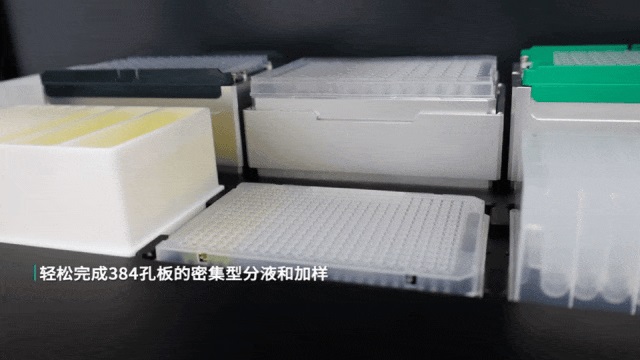
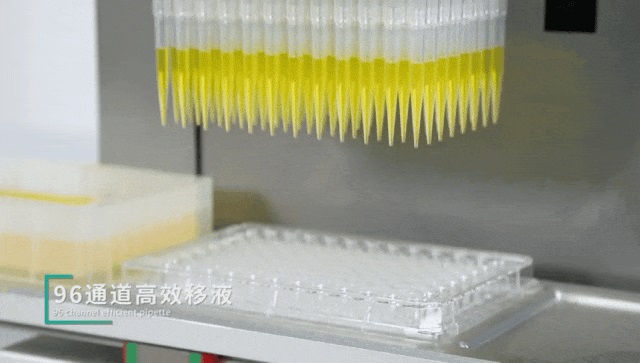
The operation software is user-friendly and simple to use, with one-click start operation. Flexible pipetting modes can be selected according to experimental needs, including single dispensing, continuous dispensing, suspended sampling, and other dispensing methods. It can also perform blow and mix, serial dilution, and concentration homogenization; featuring program storage and pipette tip memory functions, ensuring repeatability and reproducibility.
Parameters such as pipetting speed, dispensing speed, and pre-suction air volume can all be independently set. The software has multiple built-in dispensing workflows, allowing operation by modifying only a few parameters.
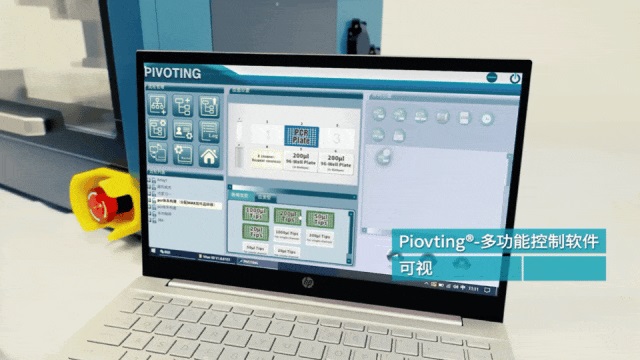
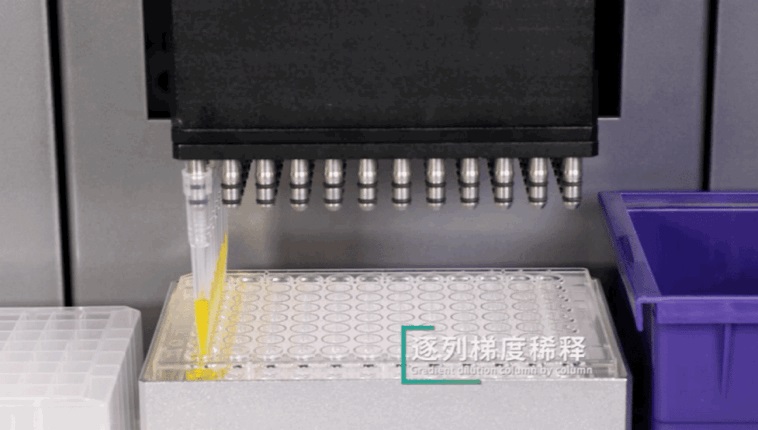
Viruses like H1N1 are highly transmissible, and samples contain high concentrations of live virus. The RayKol Vitae M96S pipetting workstation can operate within a biosafety cabinet, and the Vitae60 and Vitae100 automated pipetting workstations feature enclosed pipetting environments. Combined with positive/negative pressure filtration devices and UV disinfection systems, they isolate prolonged and direct contact between operators and samples during pipetting, significantly reducing the risk of operator infection, ensuring the health of frontline personnel.
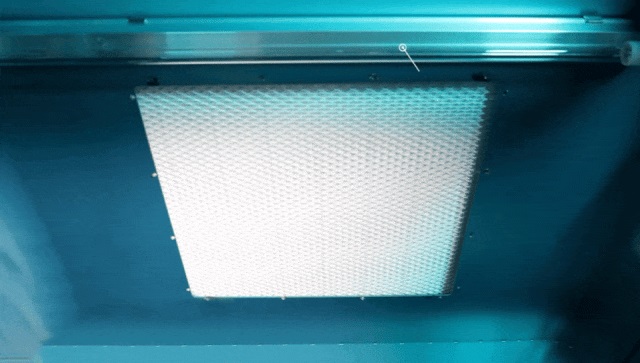
The RayKol Vitae 60 fully automated pipetting workstation and Vitae 100 PCR system construction can be equipped with heating, cooling, and shaking function modules. They can be flexibly customized according to application needs, with various adapters that can accommodate different brands of reagents and consumables.
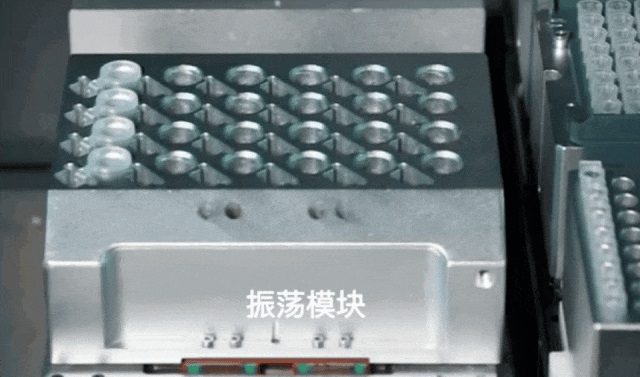
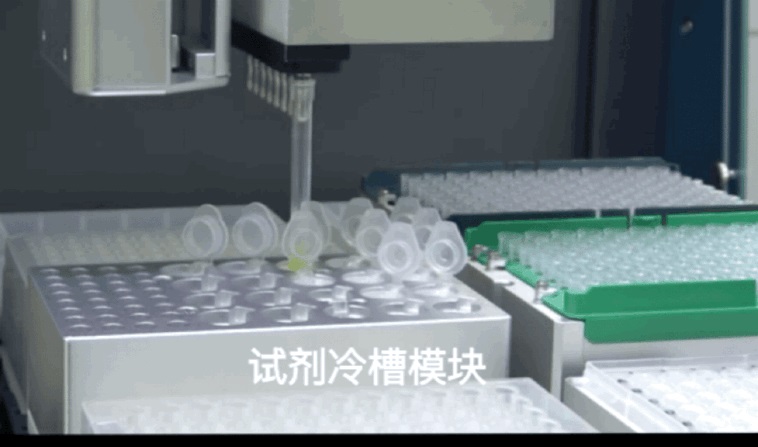
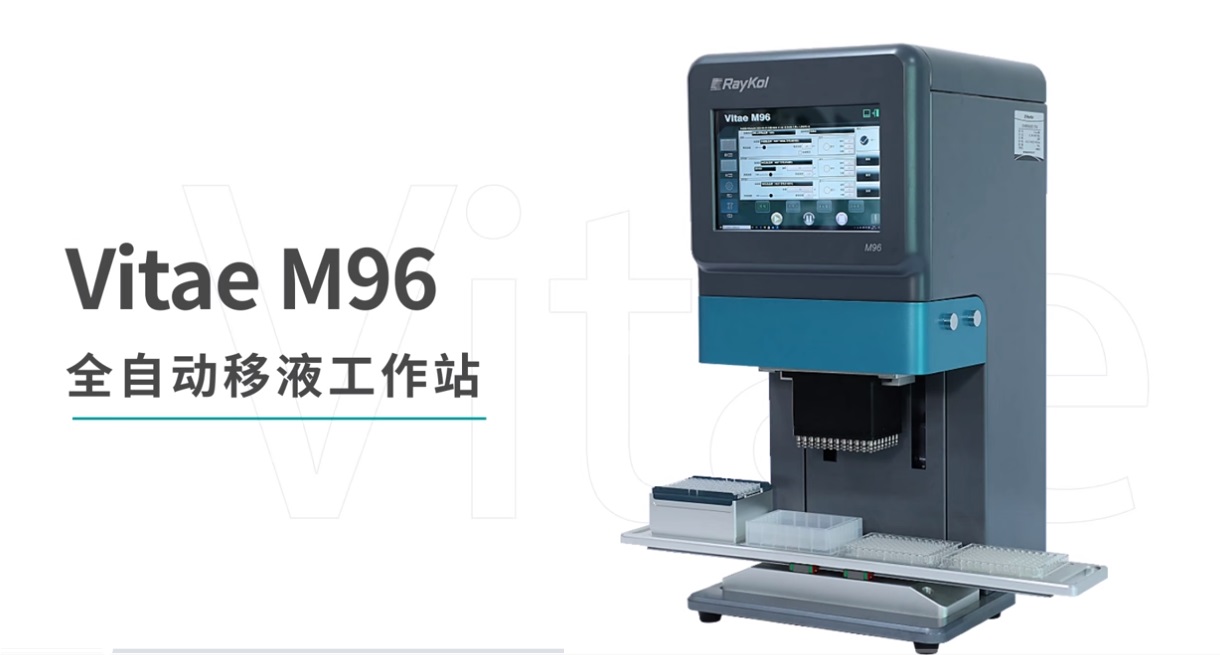
Application Scenarios
Virus Detection: In nucleic acid testing for viruses like COVID-19 and H1N1, it can be used for sample extraction and reagent addition operations, improving detection efficiency and accuracy while minimizing the risk of cross-contamination.
Immunoassay: In immunological testing such as enzyme-linked immunosorbent assays (ELISA), pipetting workstations can accurately pipette and distribute reagents like antigens and antibodies, ensuring the accuracy of experimental results.
Gene Sequencing: It can efficiently perform sample preparation, waste liquid handling, and other operations, providing precise liquid handling in experiments such as gene cloning, PCR reaction system preparation, and nucleic acid extraction.
Protein Research: In experiments involving protein crystallization, purification, and quantitative analysis, pipetting workstations ensure consistency in sample handling, improving the repeatability and reliability of experiments.
Food Safety: It can be used for the detection and monitoring of toxic substances, additives, pathogens, etc., in food, improving detection efficiency and accuracy to ensure food safety.
